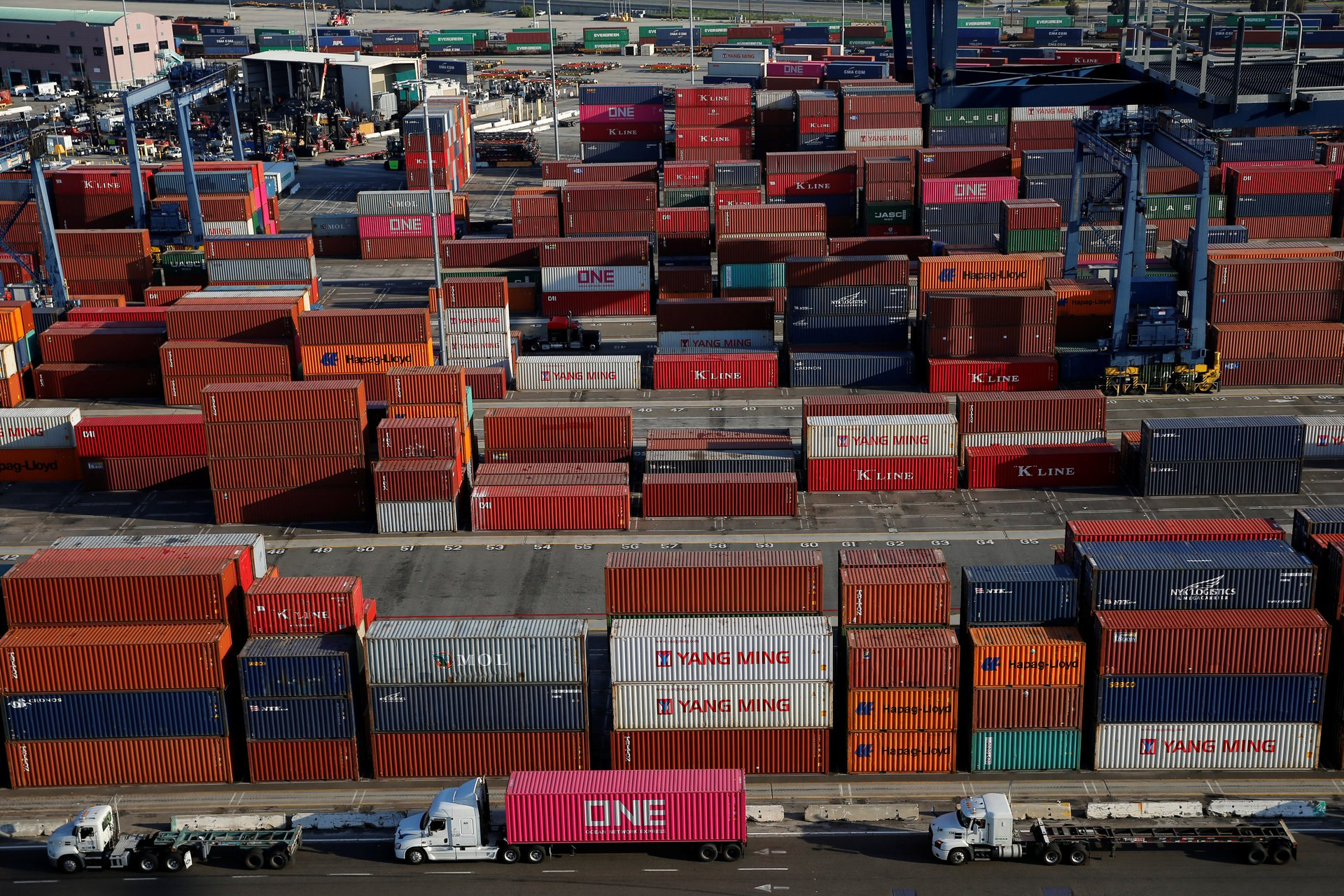The global economy has entered a synchronized slowdown
In all corners of the globe, warning signs are flashing about the state of the economy. The IMF recently downgraded its forecast for global economic growth for the fourth time in nine months. We are now in a “significantly weakened global expansion,” according to IMF chief economist Gita Gopinath.


In all corners of the globe, warning signs are flashing about the state of the economy. The IMF recently downgraded its forecast for global economic growth for the fourth time in nine months. We are now in a “significantly weakened global expansion,” according to IMF chief economist Gita Gopinath.
Some 70% of the global economy (as measured by GDP) will experience a slowdown this year, the IMF forecasts. That would make it the most extensive synchronized slowdown since 2011.
The economic slowdown is widespread both geographically and in terms of causes. US-China trade tensions, credit tightening in China, economic turmoil in Argentina and Turkey, weakness in Germany’s auto sector, and higher interest rates have all contributed to lower expectations for growth forecasts in major economies across the world. There’s also the sugar high of US fiscal stimulus wearing off, and the persistent issues of low productivity and aging populations, the IMF added.
Italy piled on the bad news yesterday when officials cut their forecast for GDP growth in 2019 to just 0.2%, from December’s projection of 1%. Europe’s traditional engine of growth has also stalled: over the past few months, the IMF has more than halved its forecast for German growth this year. Meanwhile, an index of global growth by the Brookings Institute and the Financial Times recently recorded its worst readings since 2016; both data on actual economic activity and indicators of sentiment are declining in advanced and emerging economies.
Even the good news in the IMF’s latest forecast isn’t particularly uplifting. The Washington DC-based institution predicts global economic growth to pick back up to 3.6% in 2020, from 3.3% this year. But this depends on a rebound in Turkey, Argentina, and other “stressed” emerging market economies. To say the least, it’s a precarious basis for a recovery.
One of the biggest signs of how much the outlook for the global economy has changed is the stance of the US Federal Reserve. The central bank has gone from four rate hikes in 2018 to suggesting that there will be none this year. Investors have begun to speculate that policymakers may have to cut rates this year, as the US Treasury bond yield curve inverted. When short-dated interest rates are higher than longer ones—a yield curve inversion—a recession often (but not always) follows within a short while. Traders have been slashing their expectations for interest rates, with 10-year yields falling from 3.2% to 2.5% in just five months.
The IMF isn’t forecasting a recession but it’s an uncertain and bumpy path ahead—”precarious,” as it put it. “Beyond 2020, global growth is expected to stabilize at around 3.5%, bolstered mainly by growth in China and India and their increasing weights in world income,” Gopinath wrote in the IMF report.